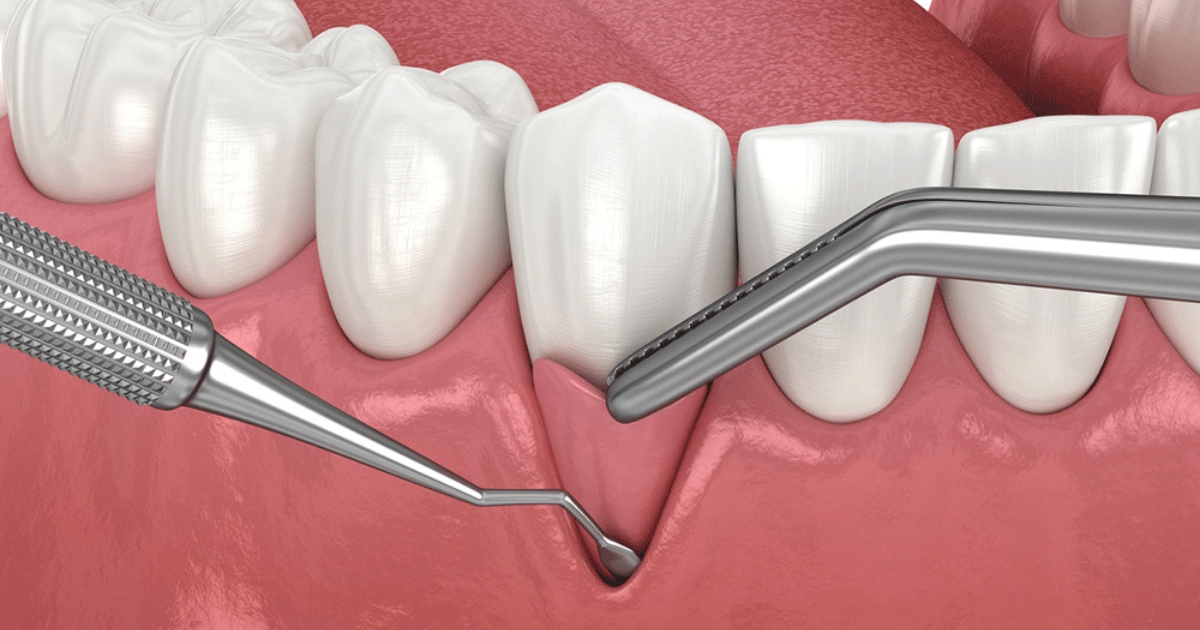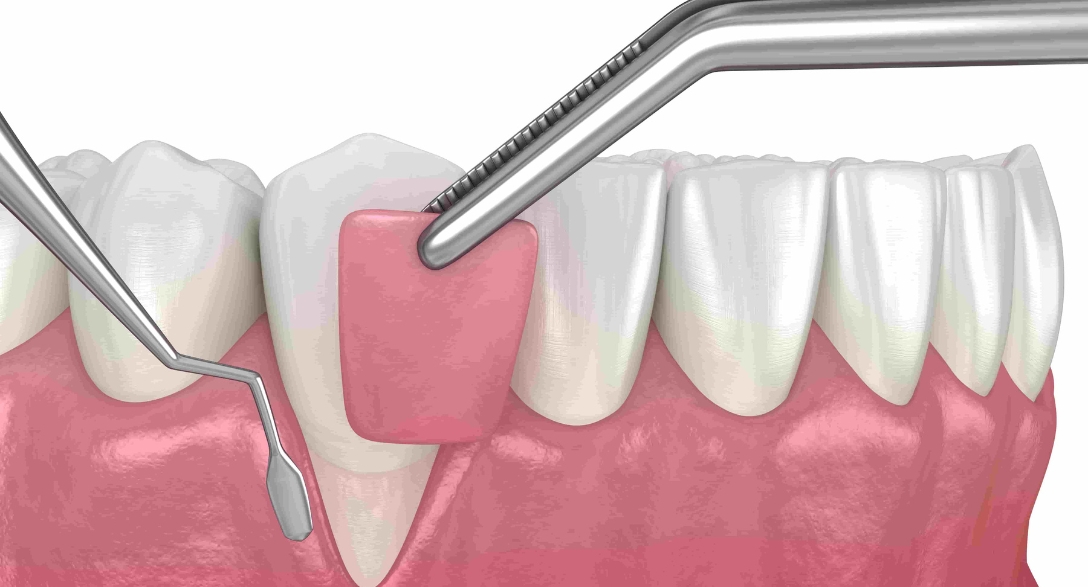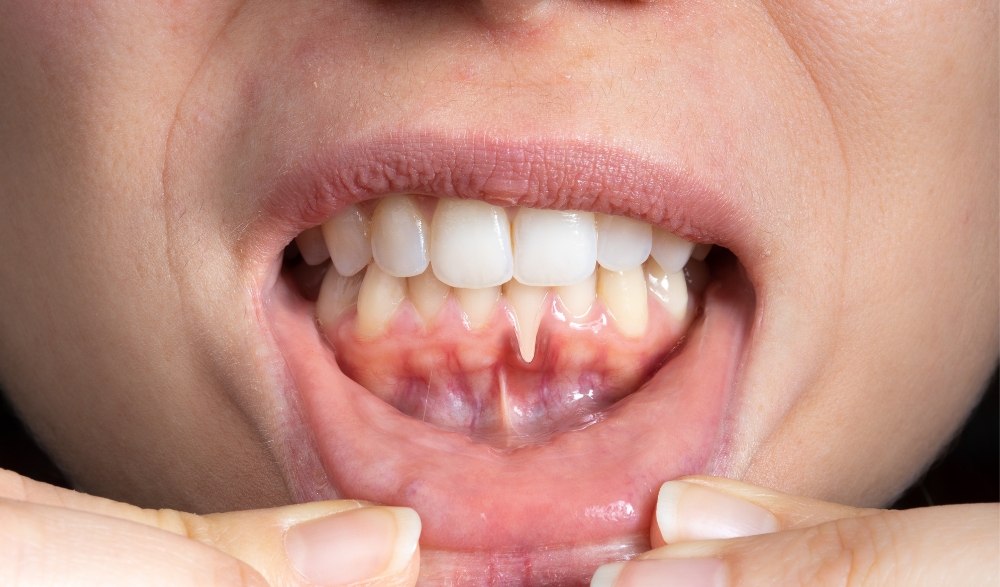Call Us Today 817-737-7668

Receding gums may not just affect your smile. They can also hurt. Gum grafting sounds scary, right? Not everyone talks about the real experience of this procedure. Sudden sensitivity in a tooth might mean gum grafting is in your future. Many people ignore gum recession until it’s too late for gum grafting. This treatment isn’t cosmetic only. It also protects your teeth.
Ever wondered what gum grafting really feels like? Read this blog to get a comprehensive idea about this treatment.
The Big Question: Does It Hurt?
When hearing about gum grafting, the first fear is pain. Here’s the honest truth: Gum grafting does not hurt during the actual surgery.
Why?
Dentists numb the affected area entirely before beginning the treatment. You won’t feel pain during the procedure—just pressure or slight pulling at worst.
The actual discomfort starts after the numbing effect has worn off, usually a few hours later. It’s different for everyone. Moreover, it depends on the kind of graft and rate of healing. Some say it feels like mild soreness that is similar to a scraped knee in the mouth. Others experience tenderness around the palate if tissue is removed from there.
Soreness, swelling, or sensitivity may happen. However, it is typically tolerable. Over-the-counter medication usually gets the job done. In a few instances, prescription medications are administered for comfort. Most people recover from activity in a couple of days.
Temporary discomfort is a small price to pay for the benefits of gum grafting. Always remember, discomfort is temporary, and healthier gums are permanent.
This one is the most worrisome of all the common questions about this treatment. However, you don’t need to worry; it’s completely bearable with proper care.
What to Expect During the Procedure?
Gum grafting takes less than an hour per site. First, your dentist will numb the area with local anesthesia. Once numbed, they clean and prepare the gum line carefully. Then, a small amount of tissue is harvested, typically from the top of your mouth. After that, they deposit the tissue over the bare root and sew it in place.
In some instances, dentists use donor tissue rather than your own. Overall, this procedure is meticulous and controlled. You may hear scraping or feel pressure but not pain.
When finished, you’ll receive post-operative care from your dentist and be discharged. Gum grafting is uncomfortable rather than painful during the procedure. Your mouth might feel tight or swollen afterward. However, that’s normal.
The procedure remains comfortable with numbing and professional hands. When common questions about gum grafting arise, step-by-step explanations provide reassurance. You must understand the stages. It will help reduce anxiety before the appointment.
Recovery & Pain Management
Most individuals recover from gum grafting in 1 to 2 weeks. The first few days may be filled with swelling, soreness, or mild bleeding.
Cold compresses and soft foods will soon be your best friends. Stick to smoothies, yogurt, mashed potatoes, or anything easy on the gums. You must avoid hot, spicy, or crunchy foods as they can irritate the graft site.
Pain is generally mild. You can manage the pain with over-the-counter medication. Stronger relief may be prescribed by your dentist if necessary.
Consider sleeping with the head raised to minimize swelling and throbbing. To remain clean, gently wash with warm salt water after meals. Avoid brushing directly on the graft site for several days.
These recommendations make the discomfort more bearable and accelerate healing. If pain intensifies or there is profuse bleeding, consult your dentist immediately. Remember, proper care allows you to benefit from all that gum grafting offers. Dealing with these phases with sensitivity will yield long-term results.
Visit our qualified periodontists to determine if gum grafting is right for you. Think about the long-term advantages of gum grafting, not the temporary pain. Experiences differ from person to person. However, proper preparation is key.




